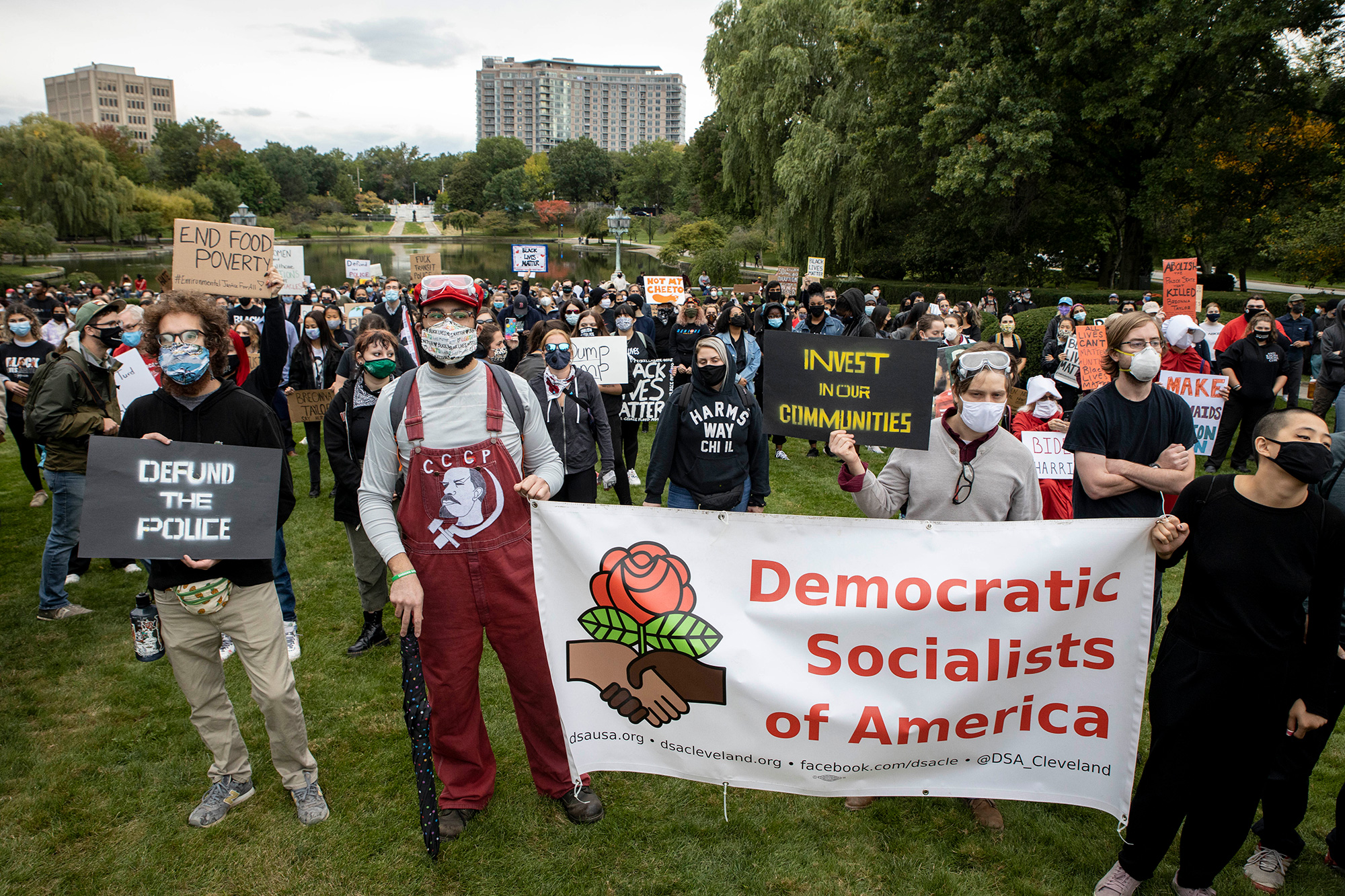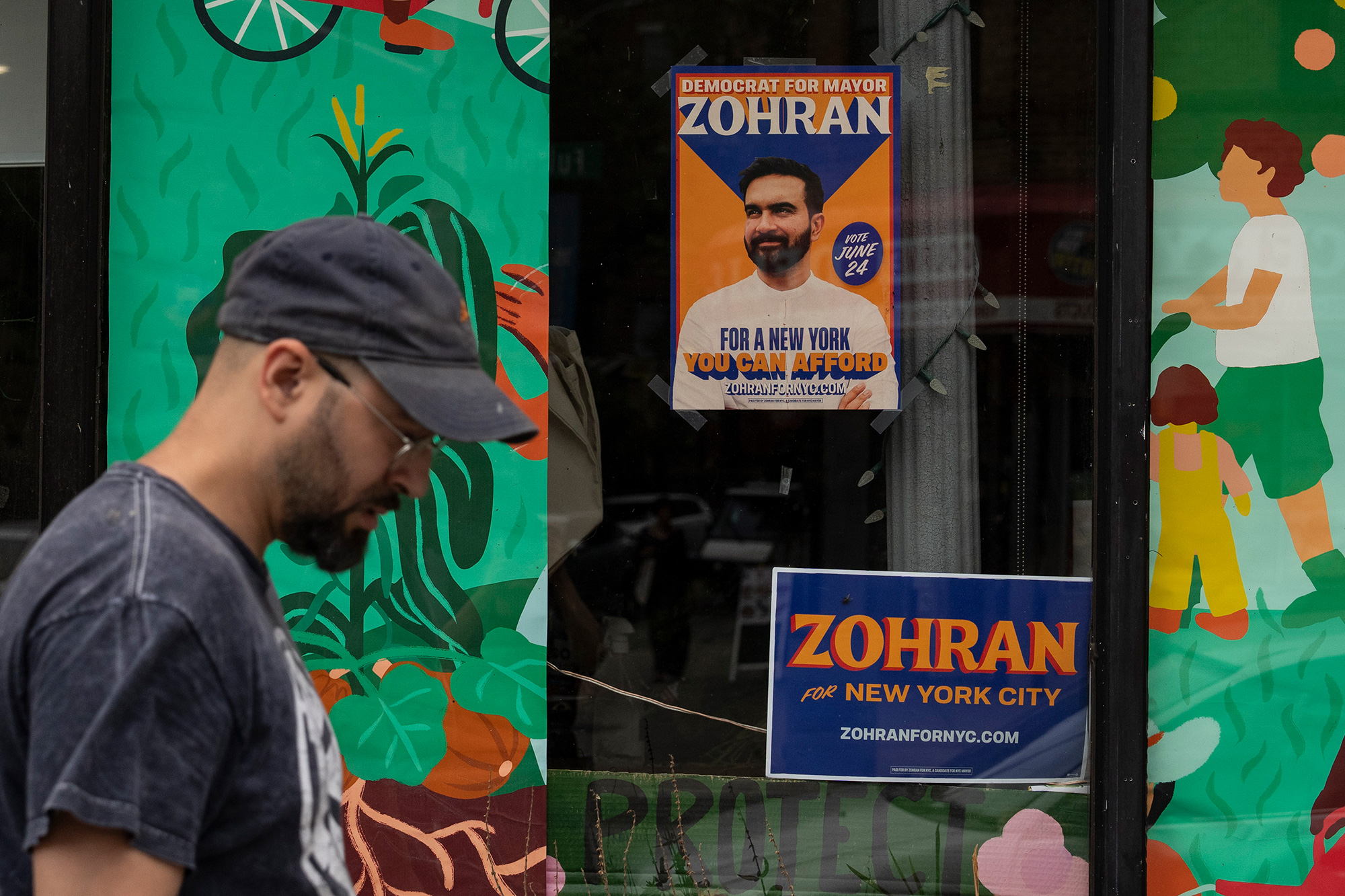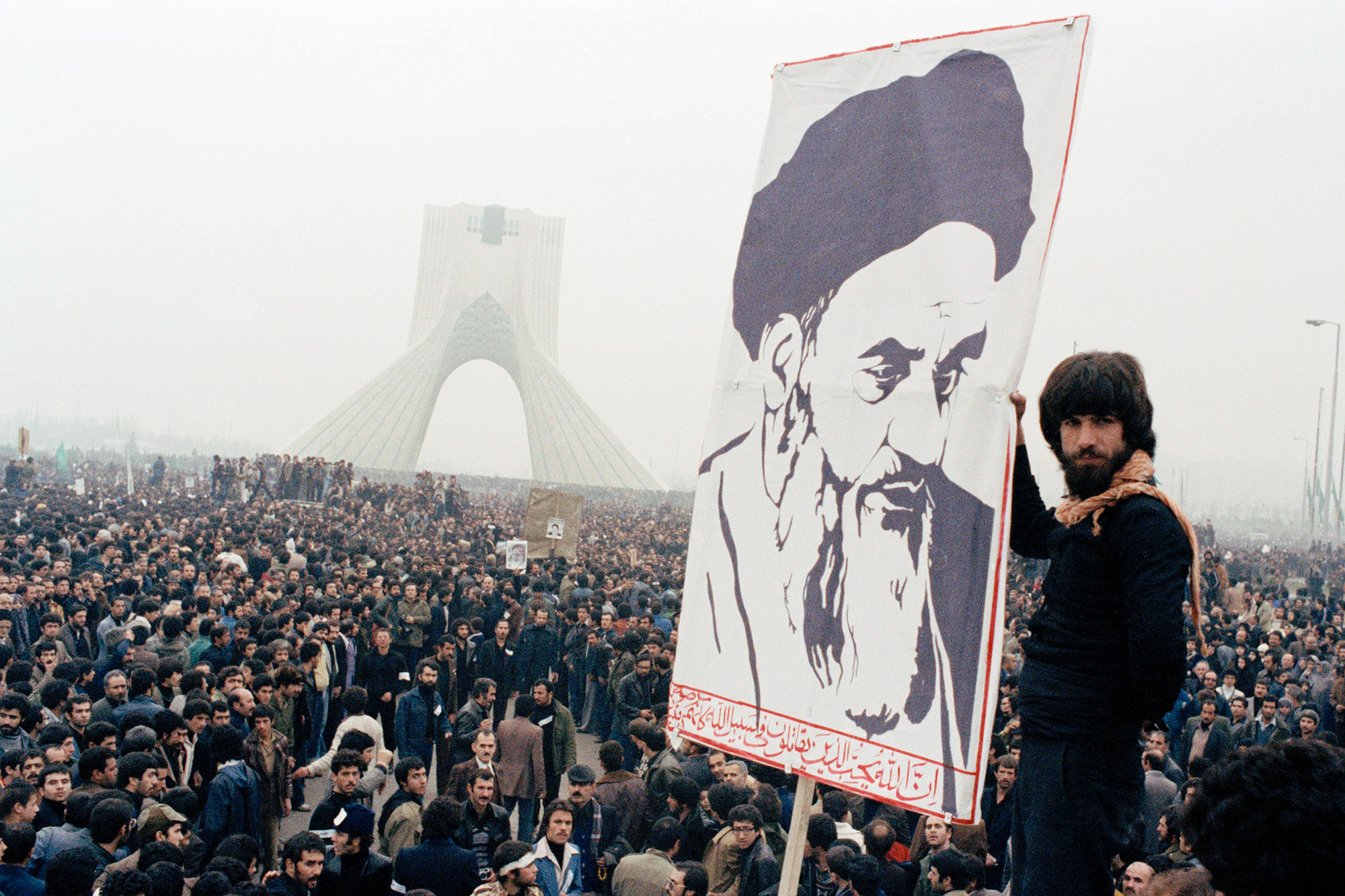Economics and women’s rights at the forefront
The Iranian Revolution of 1979 brought on the establishment of the Islamic Republic of Iran. Since then, Iran has mismanaged its economy, as well rolled back many rights, particularly for women, leading to a society ripe for civil unrest.
Although Iran has an elected president and Parliament, they are all subservient to Iran’s Supreme Leader, who exerts ideological, economic, and political control over the entire state of Iran. He also has authority over the national police and the morality police or “Guidance Patrols.”
After the revolution in 1979 Ayatollah Khomeini became Iran’s Supreme Leader until he died in 1989 and his successor, Ayatollah Ali Khamenei took control. One of Khomeini’s first actions was to reverse women’s rights in marriage, child custody and divorce as well as place “proper” dress laws for women.
The legal age for marriage in Iran is 13 years for girls and 15 years for boys, though it is acceptable for children younger to be married with a father’s permission.
The state also nationalized nearly all of the major players in Iran’s economy, including banks, large industries, manufacturing, farming, and trade.
Living standards have declined for many Iranians in recent years, especially in the wake of the U.S. reimposition of economic stations after its 2018 withdrawal from the nuclear deal forged under President Obama. Per capita GDP in Iran has dropped from $7,800 in 2011 to just over $5,000 today.
This confluence of events has created an environment ripe for civil unrest.
In Sept. 2022, Mahsa Amini, a 22-year-old woman, had been arrested by the morality police in Tehran for allegedly violating Iran’s strict rules requiring women to cover their hair with a hijab, or headscarf.
Amini died three days later while in custody. Her death sparked massive peaceful “Woman, Life, Freedom” protests throughout Iran for months to come.
A United Nations fact-finding mission reported that Iran was to blame for the “physical violence” that killed Amini as well as that “Iran committed crimes against humanity in its violent repression of the protests in 2022 and 2023, including ‘murder, imprisonment, torture, rape and other forms of sexual violence, persecution, enforced disappearance and other inhumane acts.’”
In a Time Magazine story titled “Iranian Women Are Still Fighting” author Nazanin Boniadi, an Iranian-born human rights activist, describes what life is like for women living in Iran one year after the death of Mahsa Jina Amini in police custody.
Boniadi writes “Nothing scares the Islamic Republic’s rulers more than independently minded women, and they know that.”
The BBC reported just last month that Iran is using drones and intrusive digital technology to “crush dissent, especially among women who refuse to obey the Islamic republic’s strict dress code.”
Gallup polling of Iranians from early last year suggests citizens are deeply dissatisfied with their own leadership and pessimistic about their own economic prospects. While anti-government protests and civil unrest are not new for Iran since 1979, the regime is likely to continue facing a deep well of discontent from its own people.
Related
Lynn Schmidt
Lynn Schmidt holds a bachelor of science in nursing from the University of North Carolina at Greensboro and a masters of science majoring in political science from the University of Nebraska-Omaha. She is a freelance columnist and editorial board member with the St. Louis Post-Dispatch and a monthly contributor to The Fulcrum. Lynn lives in St. Charles, Missouri with her husband and two daughters.




